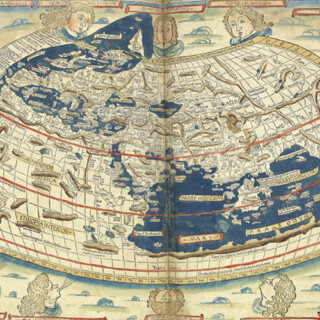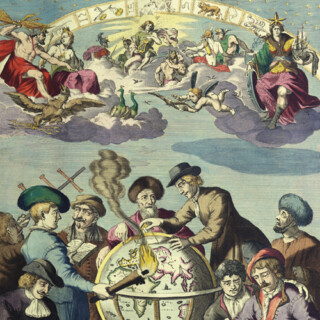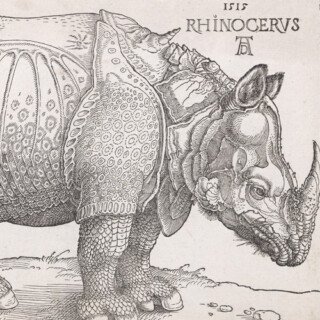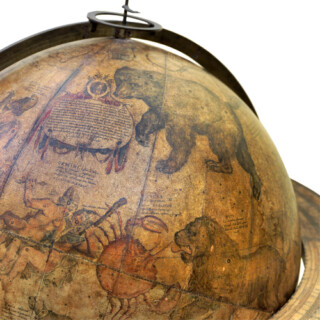-
×
 Greenwood's large-scale map of Lancaster
1 × £2,500
Greenwood's large-scale map of Lancaster
1 × £2,500 -
×
 A party divided
1 × £2,500
A party divided
1 × £2,500
Map of the County of San Mateo California,
Compiled from the County Record by Davenport Bromfield, Civil Engineer, Ex-County Surveyor, 1910.
San Francisco,
Britton & Rey,
1910.
4 sheets joined (84 x 55 inches to the neatline; 88 x 60 to the neatline), lithographed map, with early hand-colour in outline, laid down on modern linen, supported by rollers.
2032 by 1524mm (80 by 60 inches).
14919
notes:
Bromfield published his first large-scale map of San Mateo county in 1894, the same year in which the city of San Mateo was incorporated: "It was in the year of 1888 that William H. Howard who owned several acres lying between the village of San Mateo and what is now Burlingame Avenue, began an active campaign of subdivision, and employed Davenport Bromfield the civil engineer to lay out what is known as the Western Addition to the City of San Mateo. Mr. Bromfield subsequen...
bibliography:
Barrows & Ingersoll, 'A Memorial & Biographical History of the Coast of Central California', Chapter XI.
provenance:








